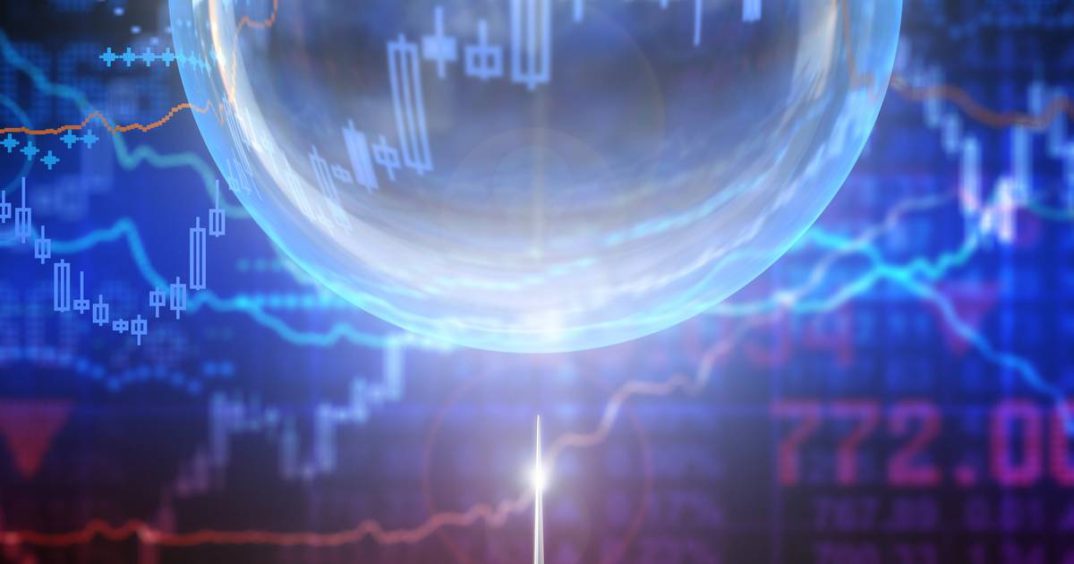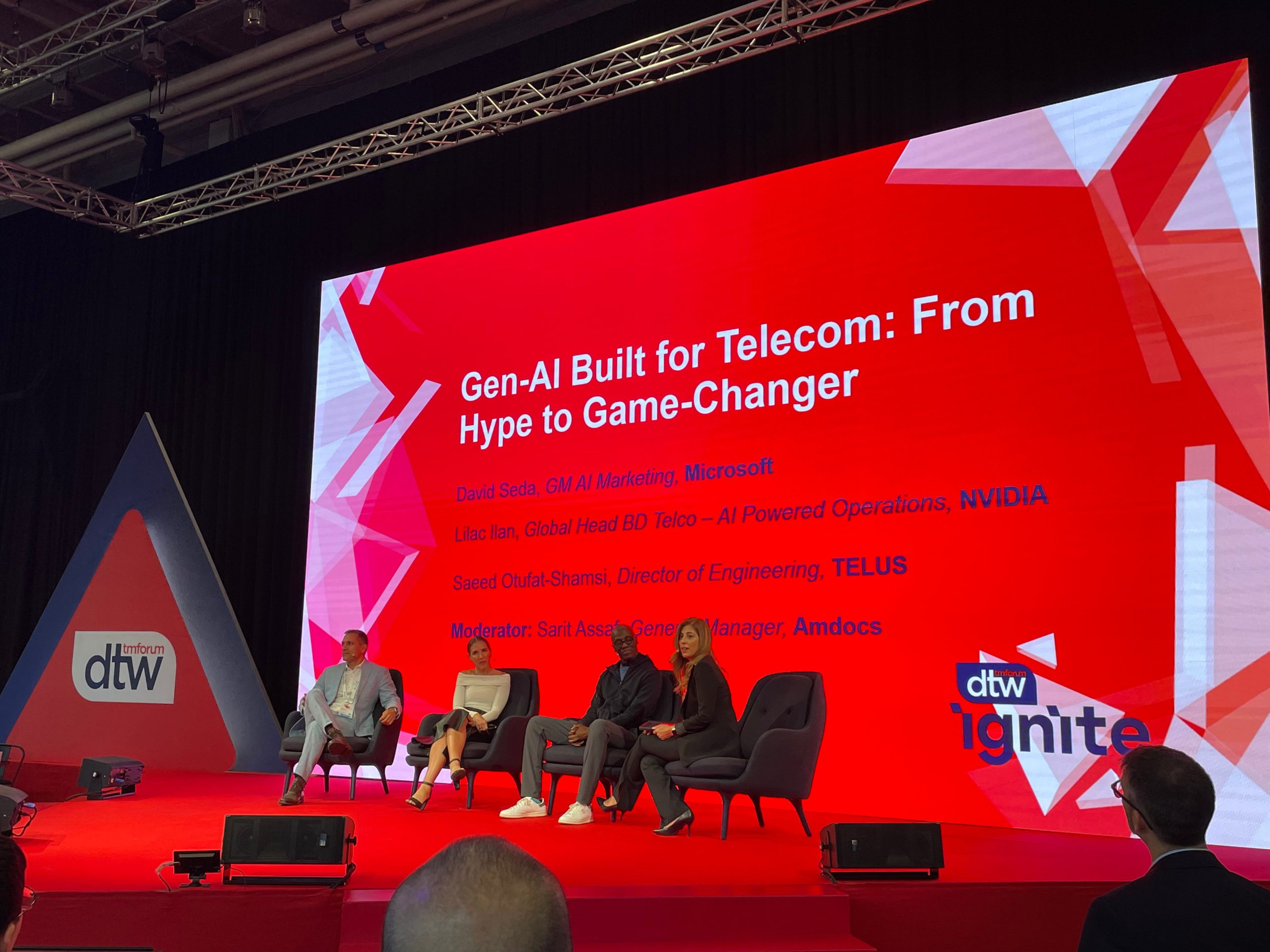The most dangerous drinking game of 2024 is sipping at every mention of AI on a Big Tech earnings call. Silicon Valley is selling a vision of generative AI-infused workflows that boost productivity and turbocharge the economy.
Convinced that AI models will become increasingly sophisticated, tech companies have been plowing billions into building AI apps and data centers and sourcing the inordinate amounts of electricity needed to power them. And Wall Street is bankrolling the frenzy, with companies of all sizes seeing their valuations swell by integrating AI into their plans.
But…not everyone is pressing buy on the biggest-thing-since-penicillin narrative. Among the skeptics are some prominent experts featured in a recent pot-stirring Goldman Sachs report, who caution that the massive AI bets could disappoint if the ultra-pricey tech doesn’t lead to a game-changing use case that won’t get trashed by YouTube reviewers.
We dive into the bear attacks that might make you want to hold off betting the house on generative AI.
Progress plateau
Though AI blurbs now grace the top of your Google search results and bots can generate songs for any occasion, the tech has yet to change most people’s day to day. Author and economist Daron Acemoglu isn’t holding his breath: He told Goldman Sachs that despite its massive potential, AI is unlikely to bring “truly transformative changes” in the next 10 years.
- Claiming that most human work is too complex to outsource to AI cost-efficiently, Acemoglu estimates that the tech will affect less than 5% of all human tasks and grow the US GDP by just 0.9% in 10 years.
- Goldman Sachs’s own assessment puts AI-powered GDP growth at 6% and says that AI will automate 25% of work tasks over that period.
Meanwhile, reacting to the report, tech columnist Edward Zitron noted that companies are already running out of the training data needed to iterate their AI models. He cites OpenAI CTO Mira Murati, who said that the models the company has in the works are not much more sophisticated than the ones we can already use.
Become smarter in just 5 minutes
Morning Brew delivers quick and insightful updates about the business world every day of the week from Wall St. to Silicon Valley.
Experts also worry that progress might be further hamstrung by microchip shortages and the need to rebuild the energy grid to satisfy the AI industry’s power demand, which might soon rival that of entire nations.
Is it worth it?
Veteran Goldman Sachs tech analyst Jim Covello thinks that the $1 trillion that companies plan to spend on AI development and infrastructure in the coming years won’t pay off. He claims the tech doesn’t have wide-ranging use cases and that the efficiency boost it can offer costs potential customers a pretty penny, unlike:
- The early internet, which brought life-altering solutions that were immediately cheaper than the old-school way of doing business.
- Smartphones, which had immediate consumer use cases like replacing “clunky GPS systems” in cars.
Covello doesn’t think running AI will get cheaper soon since Nvidia—which briefly became the world’s most valuable company last month amid surging demand for its specialized AI microchips—dominates the AI hardware supply, so there might not be enough competition to push down prices.
He argues that the only way to justify the eye-popping costs of AI is for it to “solve complex problems, which it isn’t designed to do.” Covello thinks that investor enthusiasm for AI might wane in the next 18 months “if important use cases don’t start to become more apparent.”
Covello isn’t alone in thinking companies are overshooting their AI spending. Sequoia Capital analyst David Cahn recently calculated that tech companies would have to rake in $600 billion per year to justify their current level of investment in AI, which is about six times the revenue he projects for the AI industry in the best-case scenario.
It could be worse: If AI does turn out to be a bubble, some analysts say its popping might be less painful than the dot-com debacle, since tech giants have more cash today than the companies that were over-bullish on the internet in 2000 did.—SK




